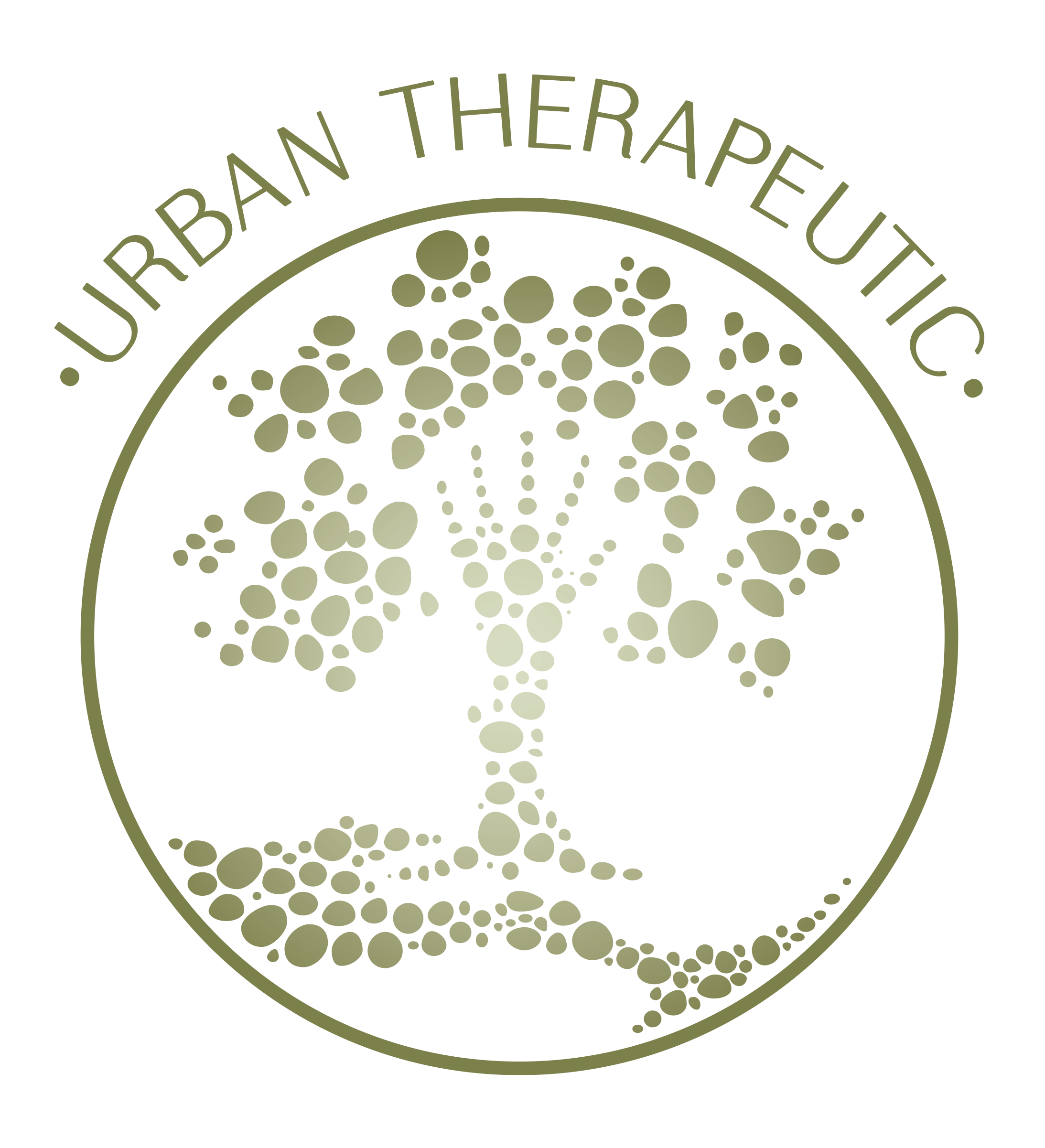To Talk, or Not to Talk During a Massage
Though it seems simple and insignificant, the subject of "talking" could make or break a client returning for another session, or affect the outcome of the treatment you just received.
As a massage therapist:
Communication is essential. During the session, being mindful of when and how many times you ask, checking in about pressure and comfort level is appropriate and necessary. Depending on style or type of massage you offer, the level of necessary communication will vary.
Think about your client. Remember that this session is about them. They did not schedule a massage to hear about the person that cut you off while driving to the office!
Learn by listening. While focusing on your client during their session, you're not only learning about their needs by touch, but by what you hear. Often clients find that a short "ouch" expresses their slight discomfort or indicates that you've found the point they were trying to describe to you before the session began.
As a massage client:
This time is about you. Relaxing during your session might including talking about what's stressing you out or it might be completely silent as you breathe deeply in & out and forget about the day past. The great part is, you get to decide!
Communication affects the results. Make sure to indicate to your therapist if something is uncomfortable, too much pressure, or just perfect. Communication does not have to be lengthy, but can be the foundation to your therapist gaining essential knowledge and therefore providing a better treatment.
From personal experience as both a massage therapist and a massage client, I have found great benefit in sessions that include essential communication, but silence otherwise. As a therapist I can focus on the needs of the client as I work, and as a client I can focus on my breathing, relaxing, the soft music playing and letting go.
